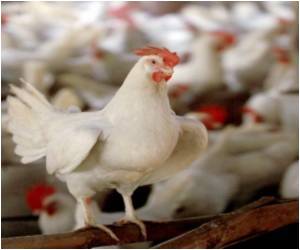
Until Saturday, when one case was reported in the capital of Beijing, all other instances had occurred in the eastern city of Shanghai and nearby Zhejiang, Jiangsu and Anhui provinces hundreds of miles (kilometres) away.
Altogether 51 people have been infected and 11 have died of the disease since Chinese authorities announced two weeks ago they had found H7N9 in humans for the first time.
Experts fear the prospect of such viruses mutating into a form easily transmissible between humans, which would have the potential to trigger a pandemic.
But the World Health Organization (WHO) said last week there was as yet no evidence of human-to-human transmission of H7N9.
The 19 people who had close contact with the two victims in Henan have not shown any flu symptoms, Xinhua reported.
Advertisement
The victim in Beijing was the seven-year-old daughter of poultry traders, who have been quarantined for observation but have not shown symptoms so far, while the girl's condition has stabilised.
Advertisement
The United Nations' Food and Agriculture Organization has said H7N9 shows "affinity" to humans while causing "very mild or no disease" in infected poultry, making it more difficult to find the source of transmission.
In 2003 Chinese authorities were accused of trying to cover up the outbreak of Severe Acute Respiratory Syndrome, which went on to kill about 800 people worldwide.
But China has been praised for transparency over H7N9, with the WHO saying it was pleased with the level of information sharing and US scientists congratulating it for "the apparent speed with which the H7N9 virus was identified" in a New England Journal of Medicine article.
China has said it expects to have a vaccine ready in seven months but in the article the US experts said developing one could take "many months".









